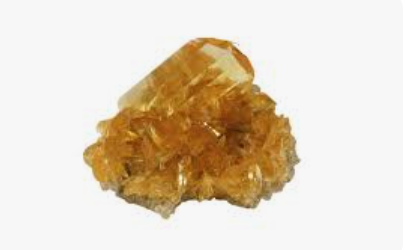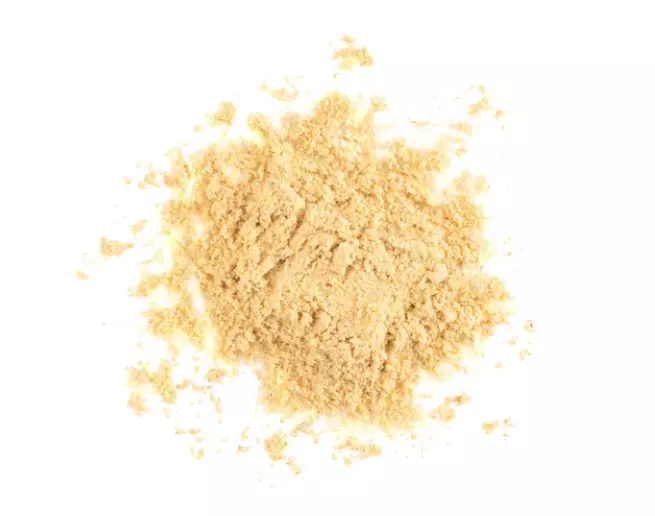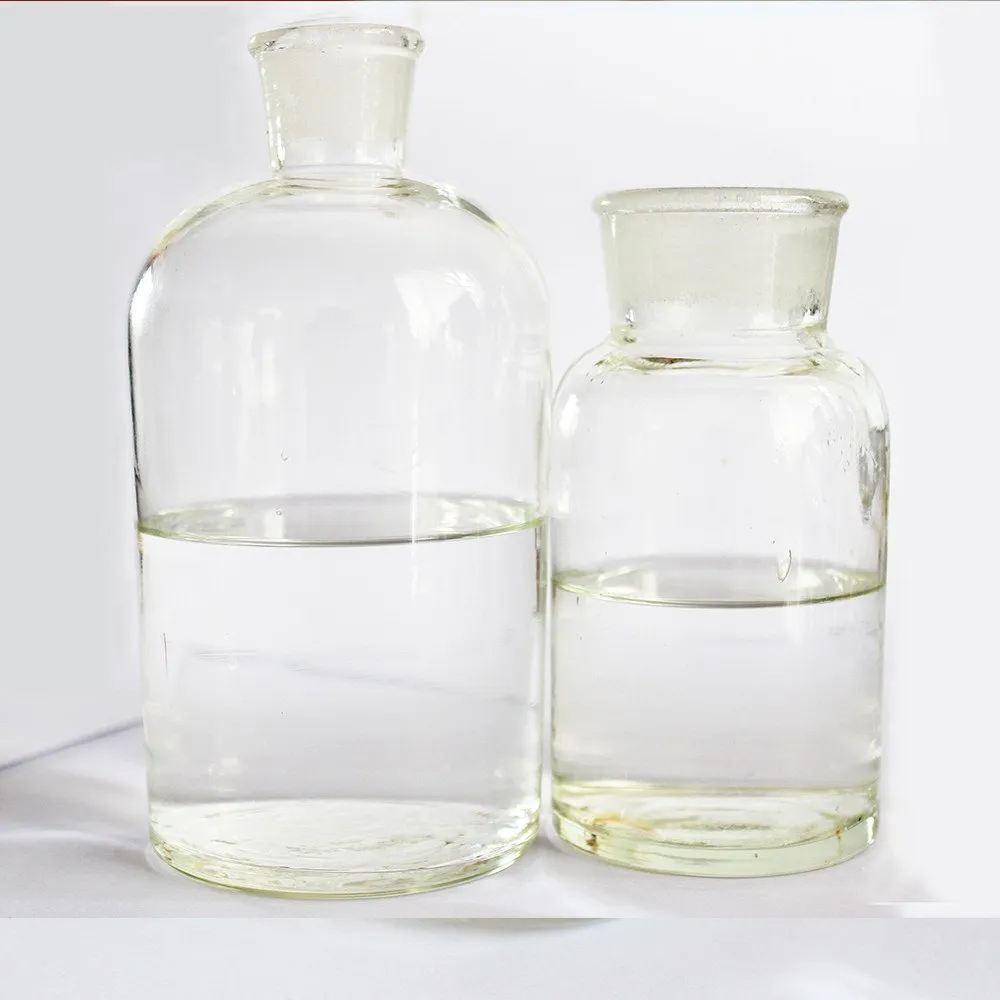Polymethyl Methacrylate
|
IUPAC Name |
: methyl 2-methylprop-2-enoate |
|
Cas Number |
: 9011-14-7 |
|
HS Code |
: 3916.90.32 |
|
Formula |
: C5H8O2 |
Basic Info
|
Appearance Name |
: Colorless Crystal Granular |
|
Common Names |
: PMMA |
|
Packaging |
: 150 Kg Galvanized Iron Drum |


---india.webp)



